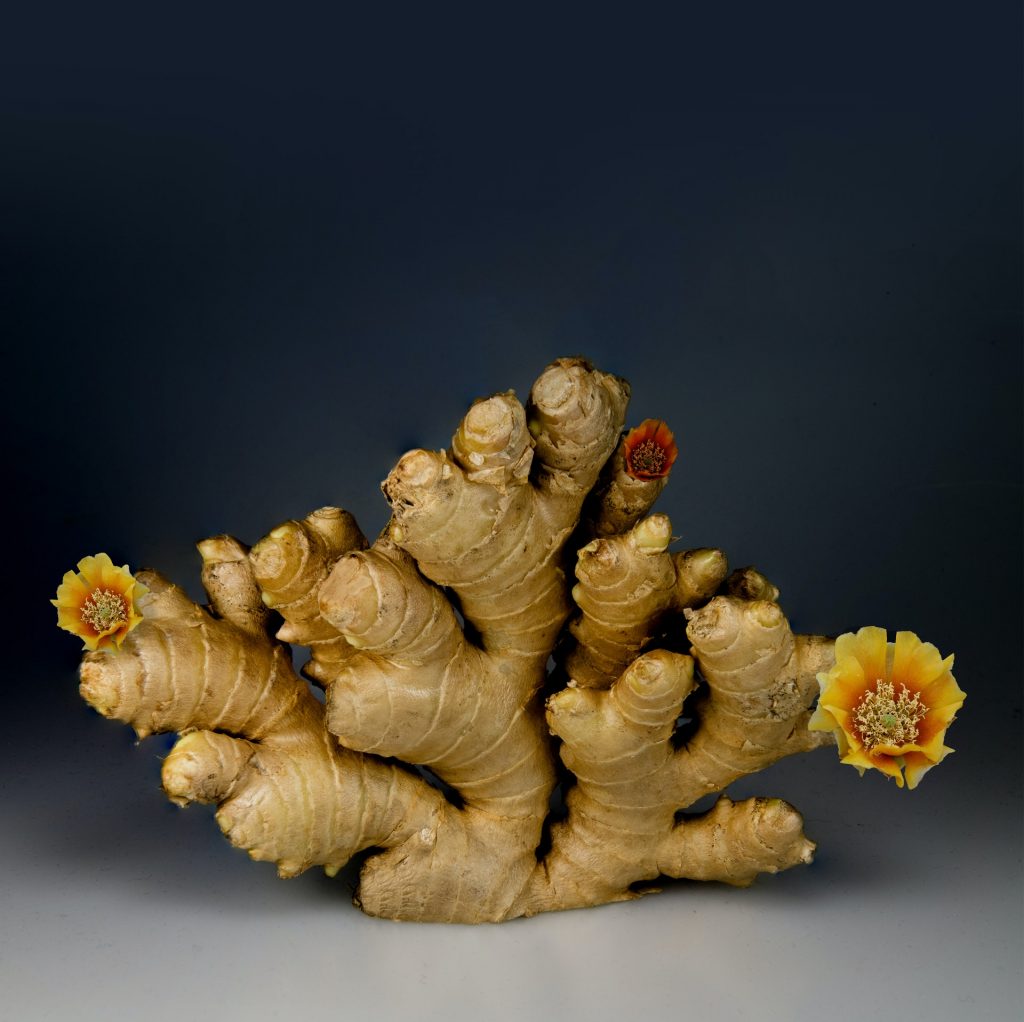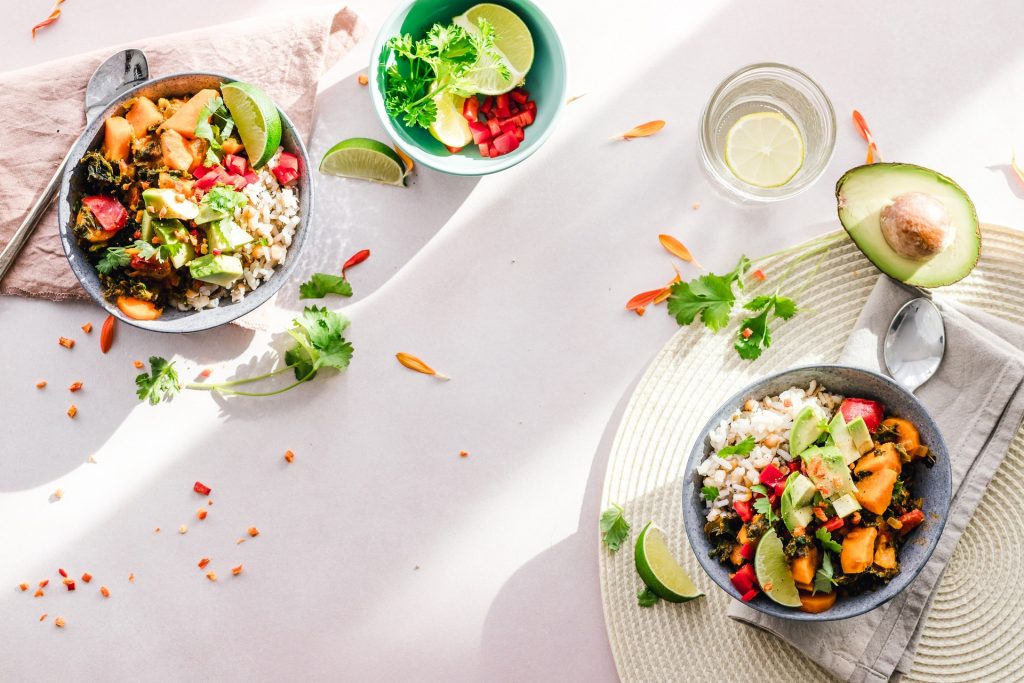
Back pain is a common problem we experience, which can interfere with your work or life. Almost anyone can experience back pain at some point in their lifetime. But it isn’t something you ignore and wait to resolve on its own. Thankfully there are various back pain remedies you can do at the comfort of your home.
Oils and ointments
There are various types of oil rubs and ointments that can help ease the pain by blocking the sensation. Most essential oils, for example, contain strong analgesics, which makes it a great choice for back pains. There are plenty of ointments and rubs available that can ease back pain by blocking the sensation. Below are some of the ingredients to look for in topical creams:
- cayenne
- comfrey
- ketoprofen
- ibuprofen
- lidocaine
- diclofenac
Below are some essential oils you can try to relieve back pain
- wintergreen oil
- peppermint oil
- lemongrass oil
- lavender oil
- eucalyptus oil
- ginger oil
Eat or drink anti-inflammatory foods
When you consume anti-inflammatory foods, several antioxidants and anti-inflammatory properties can build up in your blood. In time, these potent agents can reduce or eliminate anti-inflammatory reactions in your body.
Below are some common anti-inflammatory foods:
Tart cherry juice. Cherries are full of anti-oxidants and anti-inflammatory agents. Drinking a glass of tart cherry juice per day can help relieve back pain.
Nuts. Nuts have powerful anti-inflammatory properties. Almonds, walnuts, pecans, and cashews are easy to include in your daily diety. Around 30 grams of these nuts per day should be enough to benefit from its anti-inflammatory properties.
Coffee. Coffee is the main ingredient in most pain medications. Therefore, drinking at least two cups of coffee per day can help reduce back pain by up to 50 percent. However, when drinking coffee, you need to drink a glass of water to prevent dehydration.
Ginger.Ginger can be used in gingerbread cookies, tea, or can be added to your daily recipes. Ginger is known to reduce inflammations linked to back pain.
Epsom Salt Bath
Epsom salt can work its way through the skin and into your back pain. Soak for 20 minutes in a warm Epsom salt bath to ease sore back muscles. Enhance the results may massaging our back with a tennis or rubber ball. This type of massage further loosens your back muscles.
Massage
Massaging can be one of the most effective ways to relieve sore muscles. Massage therapy can help reduce back pain, improve back function, and reduces the reliance on anti-inflammatory medications such as ibuprofen to ease the pain. There’s no evidence that the more complex massage can do wonders to your back, so even asking your partner to do the massage can help ease the pain.
When to see your doctor
While these home remedies are effective, these cannot completely cure your back pain. You should speak to your doctor about your chronic or severe back pain.
Your doctor may recommend proper medication, physical therapy, or any other treatments that will get the pain away for good. If you have existing health conditions or you take regular medications, you should consult your doctor first before you take any herb or supplements.


















